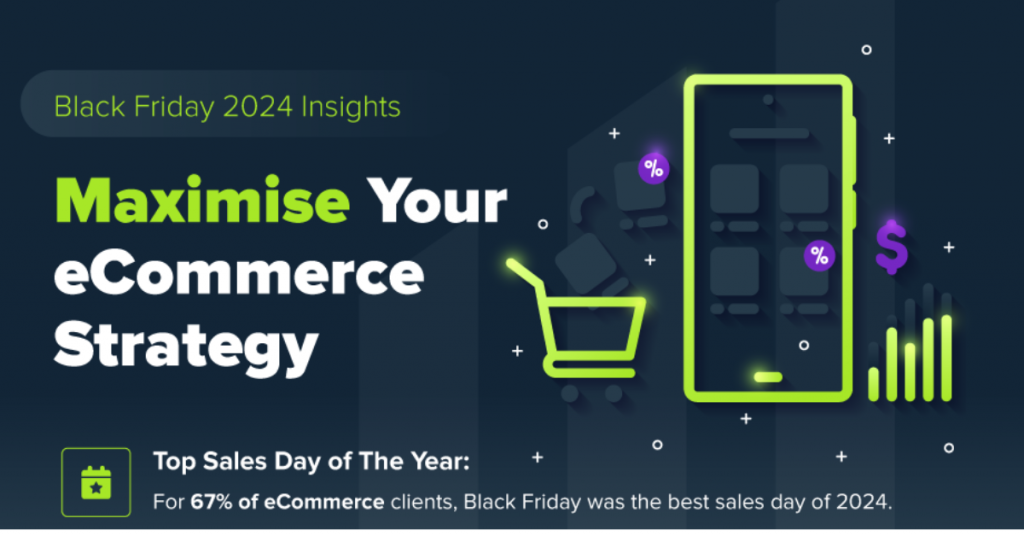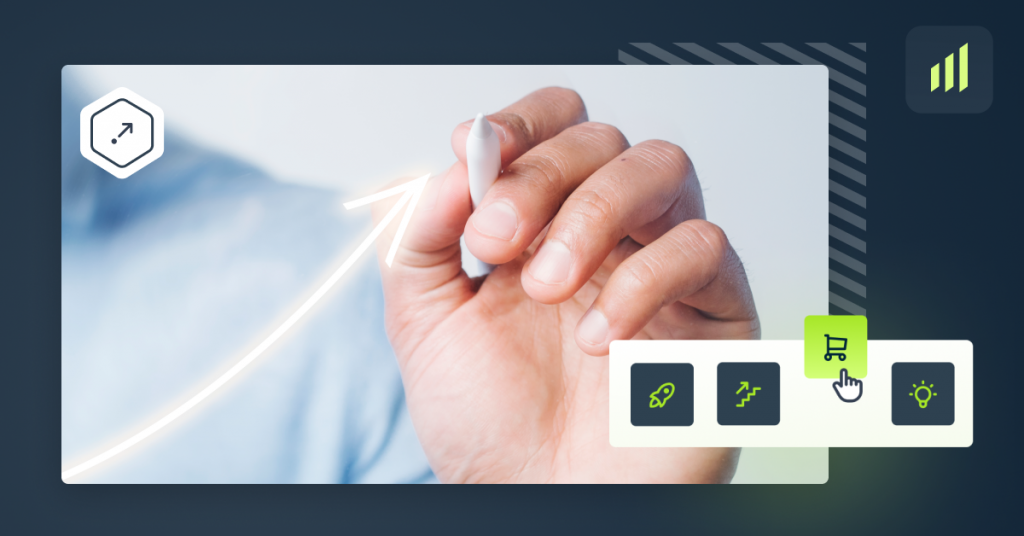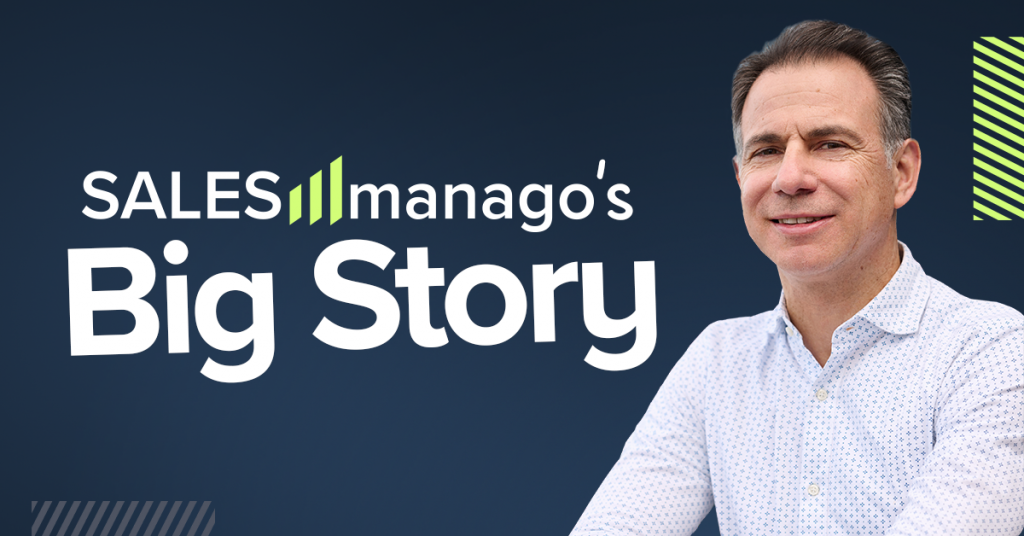
The most important resource that eCommerce companies can have is customer data. Those that own more than one brand have unique insights into customer behavior across brands. Customer Data Platform is perfect for a comprehensive understanding of customer profiles using diverse data. Here’s a quick guide on how to get started.
When content marketing strategists build customer profiles and buyer personas, they often dream of having a glimpse of their customer behavior in relations with competitors to complement their information to gain a new perspective. Companies that have more than one store or more than one brand under their umbrella have a unique opportunity to look beyond the constraints of a rigid single relationship. What they don’t always know, however, is that the data they have can be easily pieced together and processed to make use of it.
In 2020, startup Mine verified that most people’s data was held by 350 companies, although the top 5% of Mine’s users with the largest digital footprints discovered that an average of 2,834 companies had access to their data (MarTech Series). Unfortunately, nearly 36% of companies are not using all the data they have, and 47% are only planning to implement a data analytics tool in the future (Datamation). This is partly due to a lack of analytical skills, partly due to a lack of the right software that helps fuse this wibbly-wobbly ball of data into a single profile. So with the growing popularity of digital channels, 73% of companies say that intuitive and versatile Customer Data Platforms that help combine diverse data from numerous sources will be critical to their customer experience efforts (Segment).
How CDP works
Customer Data Platform (CDP) is a software that helps collect and unify a variety of first- and zero-party data from different sources. CDPs enable marketers and analysts to handle customer information and comply with privacy policies. And at the same time, they don’t diminish the quality of multichannel data personalization. On the contrary, they significantly increase its quality. It’ s because the platforms use identity recognition technology. It enables marketers and advertisers to unify zero- and first-party data in the areas of user identity and the devices they use both online and offline.
[Free eBook] Read more about CDP and zero- and first-party data >>
So if you’re managing several stores, you can start planning to comprehensively use all your data to improve User Experience (UX) and Customer Experience (CX).
What data can be collected with a CDP?
Before you start collecting data, make sure you have implemented monitoring code in all your stores.
Learn how to implement SALESmanago monitoring code >>
Once the code is working properly in all stores, you can get down to collecting information. Here’s what types of data you can collect using the CDP platform.
- Behavioral data – its collection stems from the module of identifying and monitoring the behavior of online contacts. This is one of the basic functions of CDP.
- Transactional data – this data is available thanks to SALESmanago Marketing Automation integration with CDP and ERP systems.
- Timeline – in other words, a chronological history of contacts, interactions and marketing and sales activities with a particular person.
- Course of marketing and sales campaigns – precise information about which campaigns a given contact participates in and at what stage they are.
- Customer communication flow – this is a list of all e-mails, Web Push notifications, SMS messages, VMS messages and phone calls that a particular contact has received.
- Device Fingerprint – this feature allows you to track contacts even if they delete cookies.
- Segmentation data – information about which segments a person has been automatically classified into based on behaviors monitored by the brand.
- Any information from external sources – if you integrate SALESmanago with external systems and databases, CDP will also collect information from these sources.
- Data entered manually by the sales department and Call Center – there is also space on the contact cards for notes made by people working with customers and clients. They can also manually enable certain features from within the contact card.
- Contact scoring and its growth dynamics – for each customer-company interaction the system awards a fixed number of scoring points and also provides an analysis of their growth rate over time.
- Product preferences – for each contact, the system tracks information about the browsed products and groups them by category, brand, price and color.
- AI predictions – predictions are a separate category of data. They allow, according to the contact’s transaction history, to predict when they will buy something again, when there is a risk of churn and what communication channel to use to achieve the highest conversion.
Comprehensive profile, or how to understand customer’s profile across brands
Based on the data collected, the CDP platform creates extensive profiles for each contact. If you have data from one service, then the profile will correspond to how the user behaves in contact with one brand. If you feed the database with streams from 2 or more services, you have a chance to create more extensive and more realistic profiling. Comprehensive profiles, i.e., user profiles created on the basis of behaviors on 2 or more services, give insight into behaviors outside of the separate internet bubble limited by the monitoring of behaviors within a single platform.
Comprehensive profiles can be modeled using data such as:
- purchase RFM,
- price ranges,
- activity on services/apps,
- categories/subcategories that a person is interested in,
- declarative data, including demographic data,
- location data,
- predictions.
To better visualize the difference, think about how much you can learn about a person by spending time with them in different places and situations. How much more do you know about your partner than the person you play chess with once a week?
What activities can be done with the Comprehensive profile?
From the modeling data, we can create automatically managed (via rules/Workflow) funnels. These seemingly simple marketing tools are extremely useful. They allow you to track transitions between campaign stages and effectively work to achieve micro-conversions. This approach will help you select groups of contacts according to their activity in one and all services. By observing trends you can easily identify groups of people who are:
- Very active on 2 or more sites,
- Very active on one site and not very active on the others,
- Not very active on any site.
Depending on your needs, you can use this knowledge to reward active contacts, engage those who are less active but still promising, and run win-back campaigns to those who are inactive or dormant across all services.
Additionally, knowledge of the trends among certain audiences can be translated into creating groups of like-minded contacts so that you can reach a wider demographic with your message.
Pro Tip: Use RFM analytics to see which groups are your best consumers and shoppers. Create custom audiences based on these groups to attract more like-minded people and increase in-store revenue.
Examples of rewarding activities
If you want to fortify the relationship with people who are good customers in several stores, think of interesting ways to reward their engagement. A lot depends on your imagination. We just give you some inspirations:
- discount for your next purchase,
- access to exclusive products from preferred categories in pre-order,
- additional points in the loyalty program,
- invitation to CSR activities carried out by brands (e.g. cleaning the local forest, planting trees, helping at Christmas Eve parties for the people in need)
- an invitation to activities that impact brands (e.g. research, crowdsourcing, etc.).
A lot will depend on the prospect’s buying motivation. Therefore, the better you have an understanding of the habits and behaviors of your best customers and clients, the better you can tailor the bonus to the individual.
Examples of incentive activities
People who are very active in one service and less active in the others still might jump to the group of the best customers. It’s worth implementing for them actions based on preferences from the store where they are most active. When it comes to encouraging micro-conversions and conversions you have a very wide field of possibilities. Here are some examples of stimulating actions that can be performed using the CDP system:
- on-page campaigns,
- PPC Google Ads/Facebook campaigns based on Custom Audiences,
- informative omnichannel campaigns about the website where there is no activity,
- gradually engaging the user with Lead Nurturing campaigns, which after gaining interest can be changed to the product recommendation process based on the data collected from another service,
- rewarding the user for their activity in store X with discount vouchers to store Y.
The CDP platform is irreplaceable for combining data from different sources. Advanced user profiles (comprehensive profiles) help to understand individual users’ behaviour on different sites and, in addition, to target activities aimed at activating them on different platforms.
Examples of win-back activities
There are also individuals who are not active in any of the services. There are different factors that can cause this. Sometimes it happens that a person goes to a store, buys once and forgets about it. Sometimes the offer does not meet their expectations. And sometimes they click on an ad by accident and immediately bounce out of the service. The good news is that at least in some cases you can still fight for customers. What can be done? Here are some ideas:
- a survey to find out why they don’t buy,
- SMS campaign with code for free delivery,
- time limited promotion,
- dynamic Web Push notification with recommendations based on completed purchases,
- email with cross-brand recommendations,
- a campaign using AI predictions to choose the optimal communication channel to send a shopping discount.
Not every dormant contact will become active again. That doesn’t change the fact that a win-back campaign greatly increases the chance of reactivating such a person, or getting them interested in your offer from other sites you manage. One of our clients, Domfan, improved conversion rates by as much as 33% through effective sales close and implementation of a win-back program for inactive contacts.
Read the free case study of Domfan about the effects of implementing SALESmanago >>
A few words in conclusion
Customers smoothly navigate between stores not only in shopping malls, but also online. Monitoring behaviour on several platforms that you manage can have a very positive impact on the overall performance of your campaigns. If you skillfully combine data from different services, you can gain a unique insight into customer behaviour in relations with other brands. The CDP software helps you unify and organise this data and, from one place, run consistent campaigns that will move individual contacts towards micro-conversions and conversions across different sites.
If you would like to try out SALESmanago’s CDP capabilities in this area, please consult with your account manager.
 Follow
Follow
















